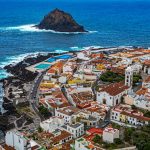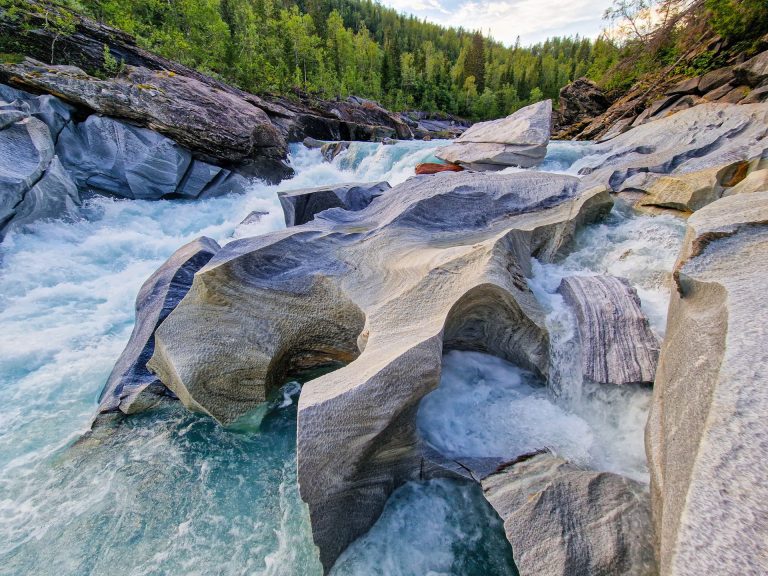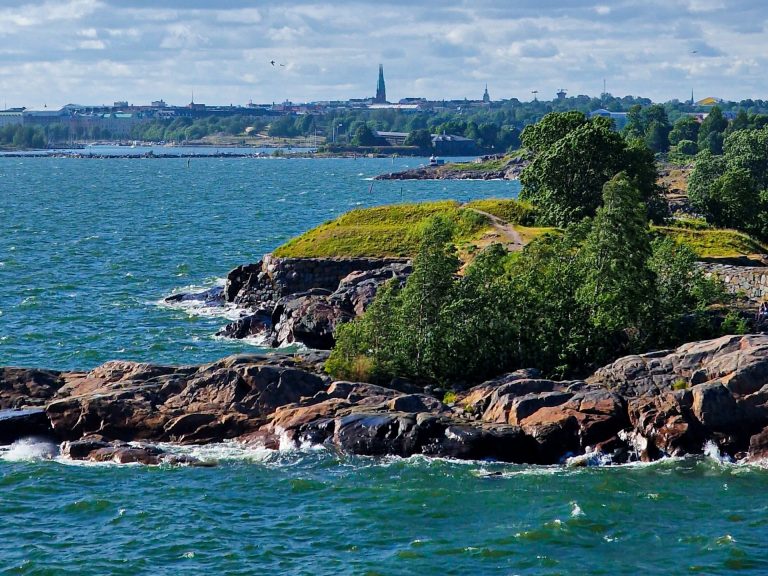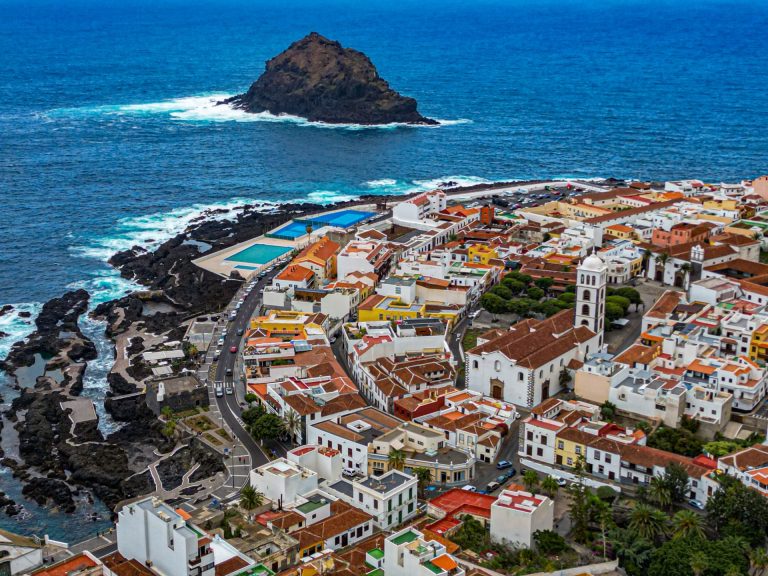
Well-known as a summer destination, Nagu (Nauvo) is located in the Turku Archipelago and has more than earned its reputation. While the village is best known for its charming harbor, it is in fact a much broader area with plenty to see and do—including stunning natural attractions. The Nagu region comprises over 3,000 islands, and its archipelago landscapes are sure to leave a lasting impression.
How to get to Nagu – The Nagu ferry
The easiest way to get to Nagu is via Parainen, with the journey from Turku being approximately 60 kilometers. Since Nagu is located in the archipelago, you’ll need to take a ferry to get there. The Nagu ferry runs between the ferry ports of Lillmälö in Parainen and Lillandet in Nagu. The ferry ride takes about 10 minutes and is a perfect way to shift your mindset into archipelago mode. The popular Archipelago Trail (Saariston rengastie) also passes through Nagu.
The Nagu ferry is free of charge, just like all other ferry services operated by FinFerries (except for the Houtskari–Iniö route). You can travel with a car or bicycle.
Driving onto and off the ferry is clearly guided by harbor signage and traffic lights, making the process very easy. Once aboard, you should turn off your engine, engage the handbrake, and you’re free to step out of the vehicle while the ferry is moving.


And now, the Nagu attractions
Nagu Harbor – Soak in the atmosphere
Nagu Harbor is a truly atmospheric place, with cozy restaurants, terraces, and small boutiques to explore. It’s a lovely area to wander around, enjoy some ice cream, or settle down on one of the many terraces with a cold drink, taking in the charming ambiance while admiring the boats.


Framnäs Beach – Sun and refreshment
On the other side of the peninsula behind the guest harbor, you’ll find a delightful beach with peaceful shoreline cliffs tucked into a small bay. The cliffs are a great spot to sit, enjoy the scenery, and maybe even have a picnic.


Nagu Church – A sense of history from the 15th century
Nagu Church was built in the mid-1400s and, along with its grounds, has been designated a nationally significant cultural environment. While some of the church’s medieval elements—such as the original 15th-century altarpiece and Finland’s oldest organ from the 1600s—have been preserved in the National Museum, the church itself still houses many historical details. Highlights include 17th-century frescoes, an 1800s pulpit, and an original wooden sculpture from the 1400s. The church exudes history and is well worth a visit.


Susivuori (Vargberget) – A Scenic Viewpoint Over Nagu’s Archipelago
Susivuori is a fantastic spot to enjoy scenic views over the archipelago, in total natural peace and quiet. Located about 15 kilometers from Nagu village, in the direction of Korppoo, it features a viewing tower at its summit offering magnificent panoramic vistas. The trail is only about 1,2 kilometers one way and is easy to walk, with a gentle climb over bedrock.
At the top, there is also a lean-to shelter, a fire pit, and picnic tables—making it a great place to relax after time spent in the busier harbor.
On our return from Susivuori, we saw an absolutely adorable newborn fawn with its mother. It was heartwarming to watch the fawn take its wobbly first steps.
You can park along a small parking area on Petsorintie.






Klockarbergen Caves – A hidden gem on the edge of the village
The Klockarbergen caves are located right on the edge of Nagu village, only about one kilometer from the harbor. Though the spot is a bit hidden and not visible from the road, there is a clearly marked path leading to the caves. You’re free to explore the area, though navigating among the rocks requires a bit of agility.
It’s easy to lose track of time here, as you discover new cavities hidden among the rock piles. Caution is advised—especially in wet weather, as the area can become quite slippery.
There’s no official parking lot here, but we left our car at the end of a dead-end road and asked a neighbor if it was okay to park there while we explored the caves. Since the caves are also close to the village center, it’s an easy walk from there as well.
According to legend, wolves once lived in the Klockarbergen caves, and a child who fell victim to them is said to haunt the caves to this day. On quiet nights, you might hear the child’s ghostly cries echoing through the stone.




Kuusisto Bishop’s Castle ruins – A bonus recommendation along the way
The Kuusisto Bishop’s Castle ruins are located en route to Nagu, on Kuusisto Island in Kaarina, as you drive from Turku. The original castle was built in the early 1300s and served as a refuge for high-ranking church officials until the Reformation in the early 1500s, when it was ordered to be dismantled. Visitors are free to roam the ruins and marvel at what remains of the structure.
Along with Nagu Church, the Kuusisto Bishop’s Castle ruins are considered a nationally significant cultural environment.




Related posts:
- Attractions in Gran Canaria
- Heading to the Lofoten Islands – Highlights of the Lofoten
- Montserrat – A Stunning Day Trip from Barcelona
- Breathtaking Lake Bled, Slovenia
- The Western Dolomites – Alpine Villages and Unforgettable Scenery
- Foroglio & Landwasser viaduct – Fairytale Landscapes in Switzerland
- Ski Trip to Åre, Sweden by car – Scandinavia’s Largest Ski Resort
- Rørvikstranda & the Venice of the Lofoten Islands – Henningsvær, Norway
- Best Villages in the Lofoten Islands, Norway
- Tenerife: North or South – Which Side Should You Stay On?








